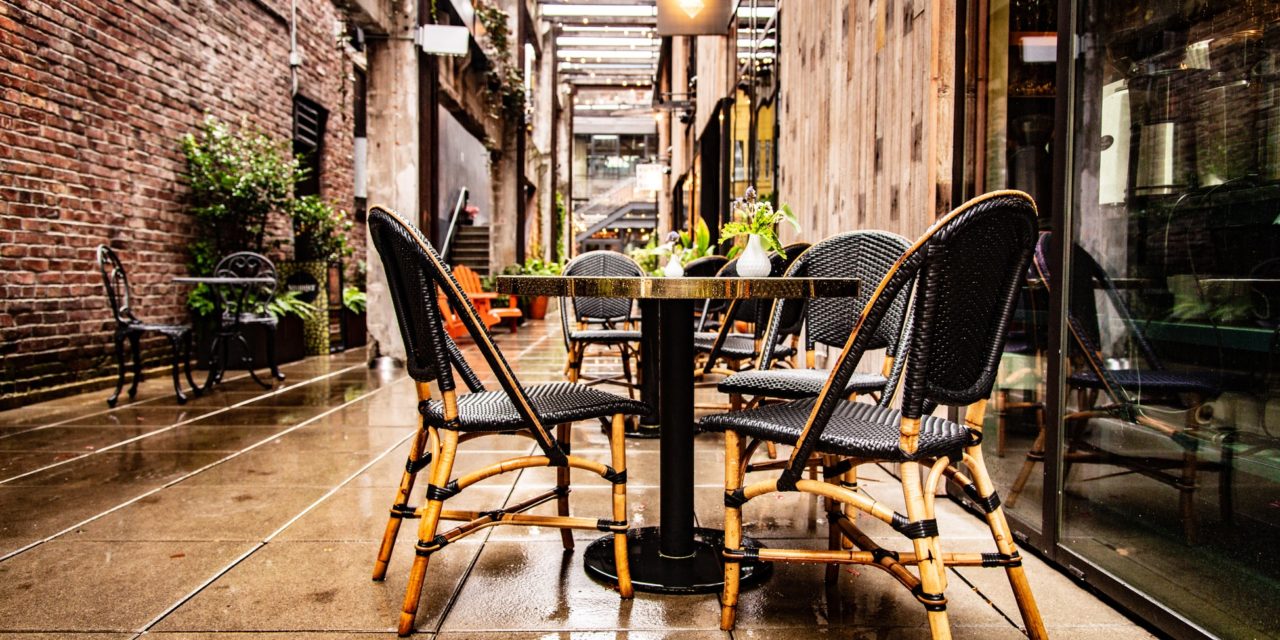[ad_1]
It is wonderful to have a fire on a cold, wet day. But if you mess it up, and have to open the house up to clear out all the smoke from your mismanaged fire, you will not be very cozy. Here is how to built, light and clean up after a fire the right way.
1) Clean away the old ashes.
You may be having trouble starting a fire simply because you are building it on a pile of old ashes, thus blocking the flow of the oxygen that feeds the flames. Wait until the ashes are completely out, and cold, then sweep them away with a few sheets of newspaper rolled into a “U”, or with the ash shovel and brush that most households keep next to the fireplace. Put the ashes in a paper grocery bag and staple it closed so no one gets a face full of soot when they forget what was inside the bag.
2) Put the wood up on a metal wood stand.
You can definitely build a fire without a metal stand, but you will have an easier time with one. You can get a wood stand at Home Depot or any well-stocked hardware store.
3) Put the smallest, driest pieces of wood at the bottom of the stand, sitting on the metal.
This is your kindling. If you do not have any kindling, do not worry, your fire will probably start just fine without it.
4) Put just three logs on the stand.
You can add more wood later once these three logs are burning well. If possible, make sure they are the driest logs you have. Position the logs so that there are two on the bottom and one on top, like a pyramid. Have the logs be about half an inch or less apart. You want the very hot air from the kindling and the newspaper to be able to move up through those logs, but if they are too far apart the heat will dissipate and there will not be enough heat to light the logs.
5) Put newspaper or other non-glossy paper under the stand. Never burn plastic.
Do not crunch the paper up too much. You want air to flow.
6) Open the flue.
The flue will be covered with soot, so unless you do not mind getting your hand black, go get a paper towel. Reach up into the fireplace like you were putting your arm up the chimney. You should only have to reach about a foot or two up before you bump into the flue opener. Usually you only need to pull it forward as far as it will go. But, sometimes, flues work the opposite way. And, sometimes, people leave the flue open (which is a great way to run up your heating bill). If you are not sure if the flue was open or closed, try the next step.
7) Roll up a piece of newspaper, light it, and hold it about two feet above the wood you have stacked.
You are heating the air in the chimney at this point, creating the pull of hot air up the chimney. Some people skip this step, but if you do not like having smoke in the living room, this is worth the effort. This is also a sure way to know if the flue is open or closed. If it is closed, the smoke from the newspaper will fill the chimney and start coming out the fireplace opening. If that happens, put out the newspaper torch, push the flue opener in the other direction, and retest the air current with another newspaper torch. Hold the torch in place for a minute or to get the hot air moving.
8) Light the newspaper under the wood stand.
Blow gently on the newspaper. Try blowing from the sides… frequently it is the edges of the logs that start burning first. Put more newspaper in as needed — one sheet at time, very loosely crunched together. Airflow is your best friend right now. As the kindling and then the logs catch fire, keep adding newspaper until you are sure the logs will burn on your own.
9) When the logs are burning well, add one or two more logs, put the firescreen up to prevent sparks from coming out, and enjoy your work.
[ad_2]
Source by Pamella Neely


